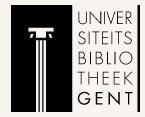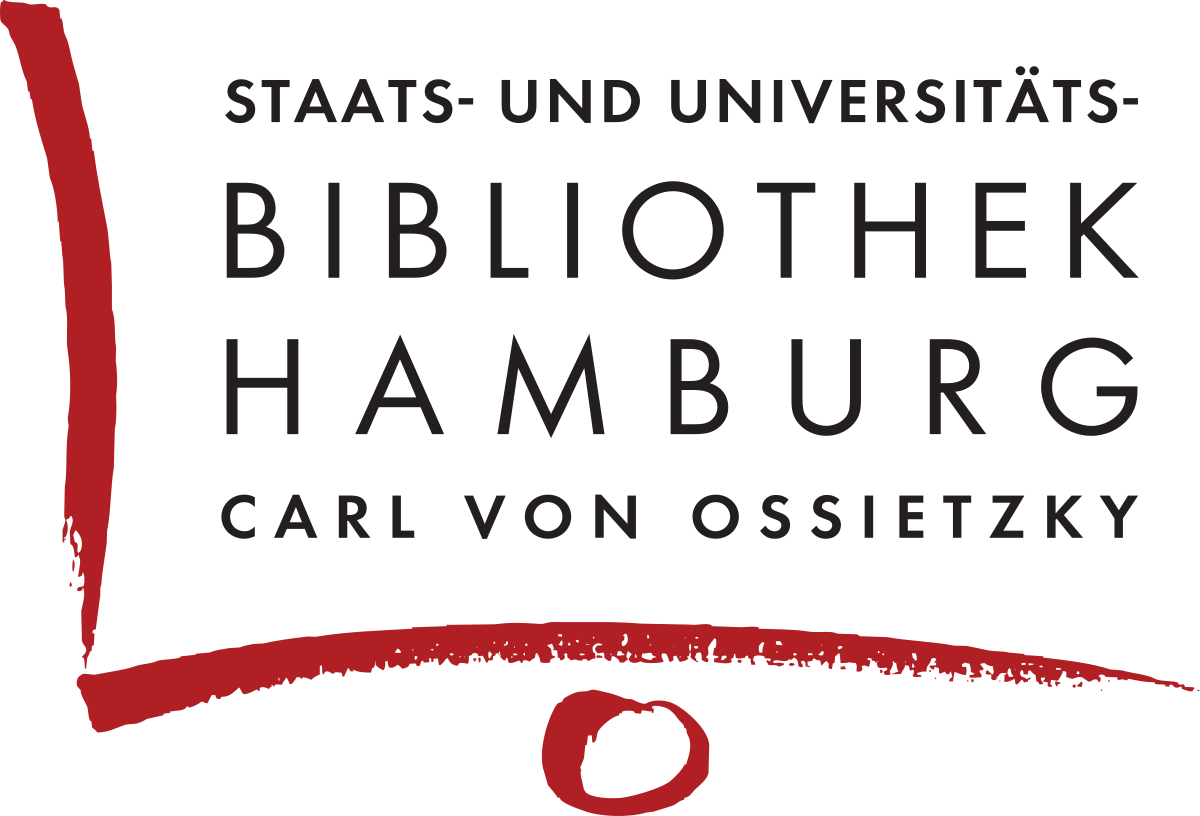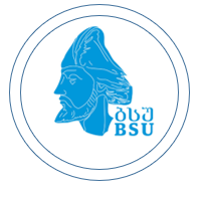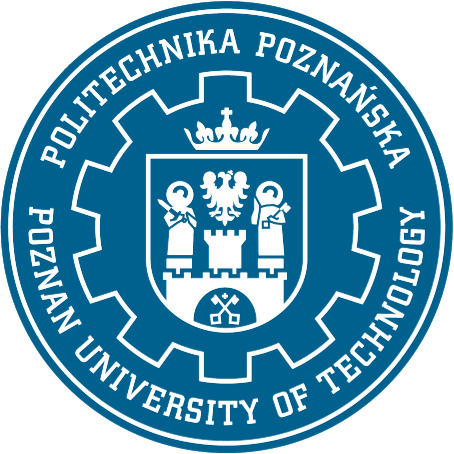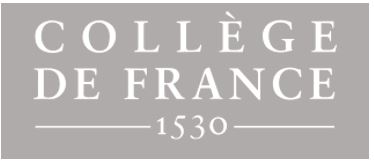Muslim Reformers In Tbilisi - The Example Of The "MOLLĀ NASREDDIN" Magazine
DOI:
https://doi.org/10.61671/hos.8.2025.9080Keywords:
Mollā Nasreddin, Tbilisi, Mirza Jalil MammadguluzadehAbstract
In the early 20th century, a group of artists and intellectuals reinterpreted one of the most famous folkloric figures of the Middle East, Mollā Nasreddin. In doing so, they sought to shape a reformist and anti-colonial Muslim discourse that focused on social and political reform. Through folklore, visual art, and satire, the periodical Mollā Nasreddin influenced tens of thousands of Muslims and changed the thinking of an entire generation. The authors came from a variety of social backgrounds. Some came from working-class families, but the majority were middle-class. Editor Jalil Mammadguluzadeh, also known as Mirza Jalil (1866–1932), was an author, playwright, and one of the founders of the critical realism school of Azerbaijani literature. Omar Faig Nemanzadeh (1872–1937), co-founder and editor, was an experienced journalist who had studied in Turkey. Mirza Jalil's wife, Hamida Khanum (1873–1955), was an advocate for women's rights. About 370 issues of Mollā Nasreddin were published in Tbilisi from 1906 to 1912. On April 7, 1906, the magazine was launched with a modest circulation of 1,000 copies, but within a month it was printing 25,000 copies per week. Mollā Nasreddin criticized the politicians, landowners, and clergy of the South Caucasus; It emphasized the oppression of women and children in a patriarchal society.








